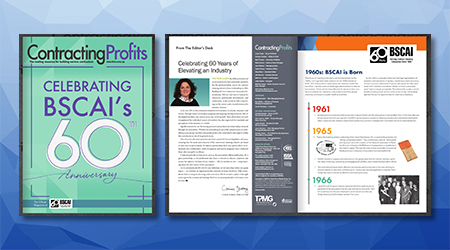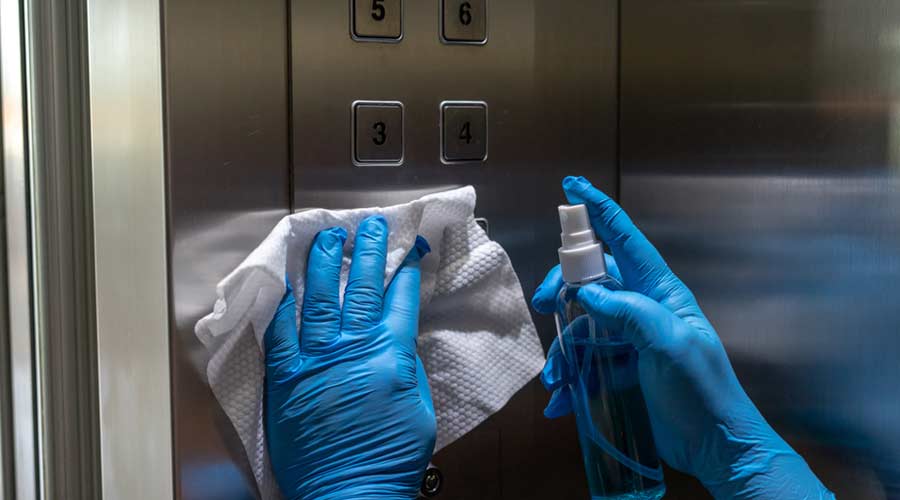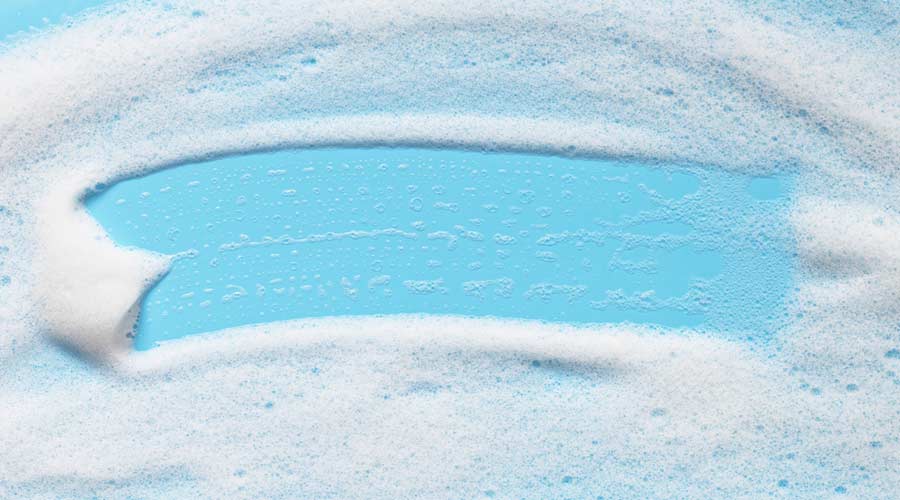Fifty-five percent of all slips, trips and falls are caused directly by the floor, according to the National Floor Safety Institute. The improper use of chemicals — including use of the wrong cleaners and coatings for floor types and not following instructions for use — is a major contributor to these slip-and-fall accidents.
Therefore, using the most slip-resistant chemicals, and using them correctly, can greatly reduce accidents and liabilities. Most floor coatings meet the slip resistance standards outlined in ASTM D-2047, which determines a coated walkway’s slip resistance.
The American National Standards Institute, or ANSI, B101.1 floor safety standard measures slip-and-fall risk, by identifying test methods for measuring traction on hard floor types. These methods determine the risk of slipping when starting to walk from a dead stop on a wet floor, also known as the wet static coefficient of friction. Floors with high traction in those conditions result in up to 90 percent fewer slips and falls
posted on 10/27/2011

 Celebrating BSCAI's 60th Anniversary eBook
Celebrating BSCAI's 60th Anniversary eBook The Down and Dirty on Cleaning in Virus Season
The Down and Dirty on Cleaning in Virus Season How Surfactant Use is Expanding in Commercial Cleaning
How Surfactant Use is Expanding in Commercial Cleaning